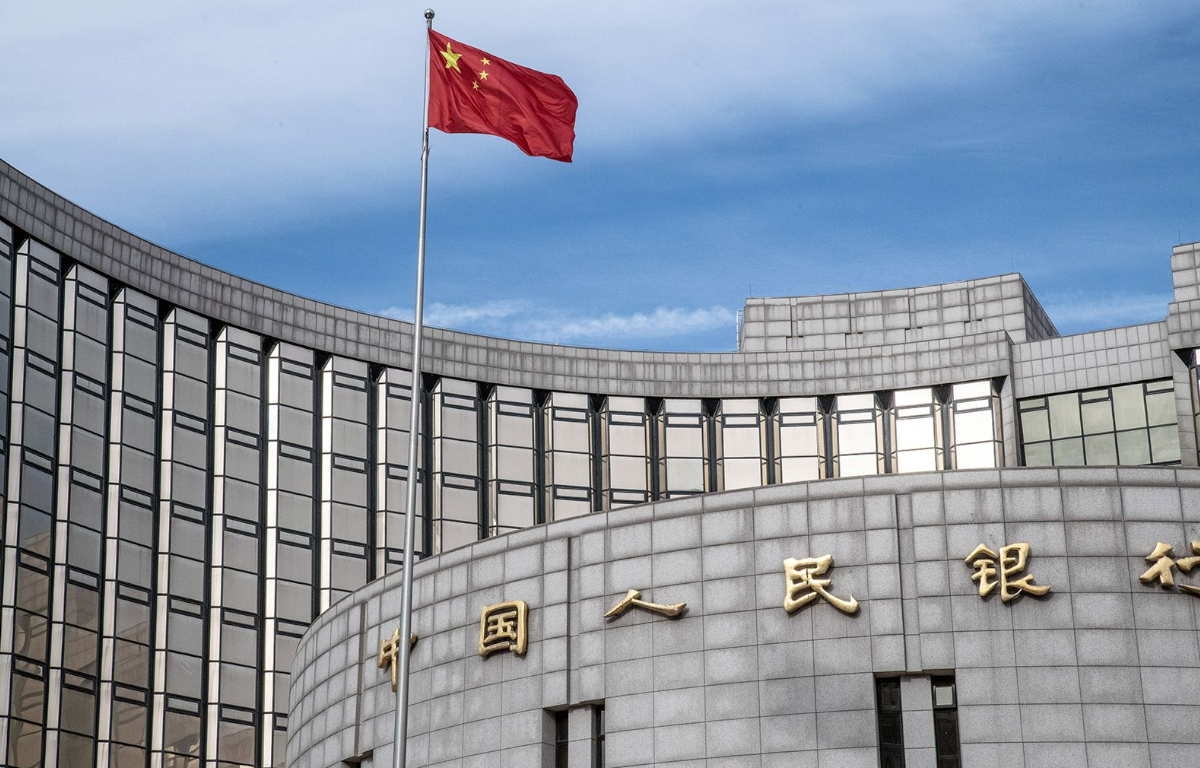
These contrasting trends reflect the diverse economic landscapes and ongoing uncertainties in the region.
The Nikkei 225 index in Japan showed resilience, bouncing back from previous losses. This rebound was attributed to positive economic data and improved investor sentiment. Japan’s export-oriented economy benefited from increased demand for its goods, particularly in sectors such as technology and automotive manufacturing. Additionally, supportive monetary policies and government stimulus measures contributed to the Nikkei’s recovery.
On the other hand, Chinese stocks experienced declines, primarily due to ongoing challenges in the country’s property market. Evergrande Group, one of China’s largest property developers, continued to grapple with debt issues and liquidity concerns, casting a shadow over the broader real estate sector. Investors remained cautious amid fears of a potential contagion effect on other sectors of the economy.
The Shanghai Composite Index and the Hang Seng Index in Hong Kong both faced downward pressure, reflecting the broader sentiment of uncertainty surrounding China’s property market. Regulatory interventions and market reforms aimed at addressing risks in the real estate sector contributed to market volatility.
Elsewhere in Asia, markets in South Korea and Taiwan showed mixed performances, with tech stocks driving gains in some sectors while concerns about global supply chain disruptions and geopolitical tensions weighed on investor sentiment.
The mixed performance of Asian stock markets underscores the complex interplay of economic factors and market dynamics in the region. While some economies demonstrate resilience and positive growth indicators, challenges such as debt burdens, regulatory changes, and external uncertainties continue to influence market behavior.
Investors are closely monitoring developments in key sectors, including technology, manufacturing, and real estate, as well as geopolitical events that could impact regional stability and economic outlooks. Factors such as inflationary pressures, central bank policies, and global market trends also contribute to market volatility and investor decision-making.










Share this: